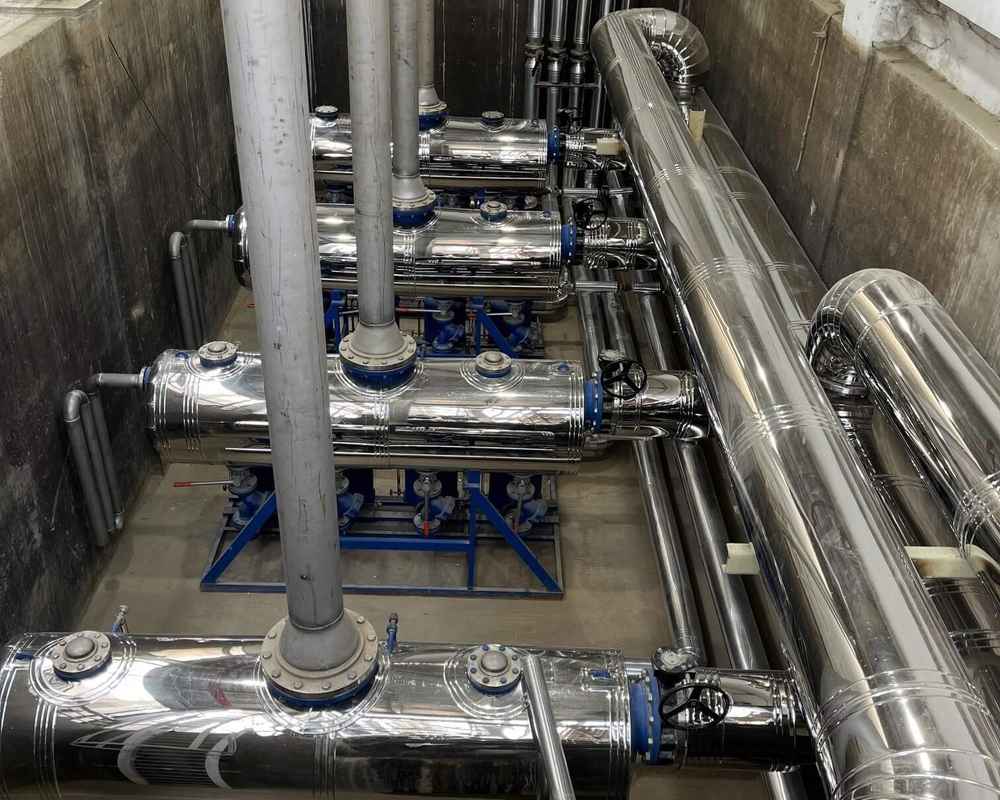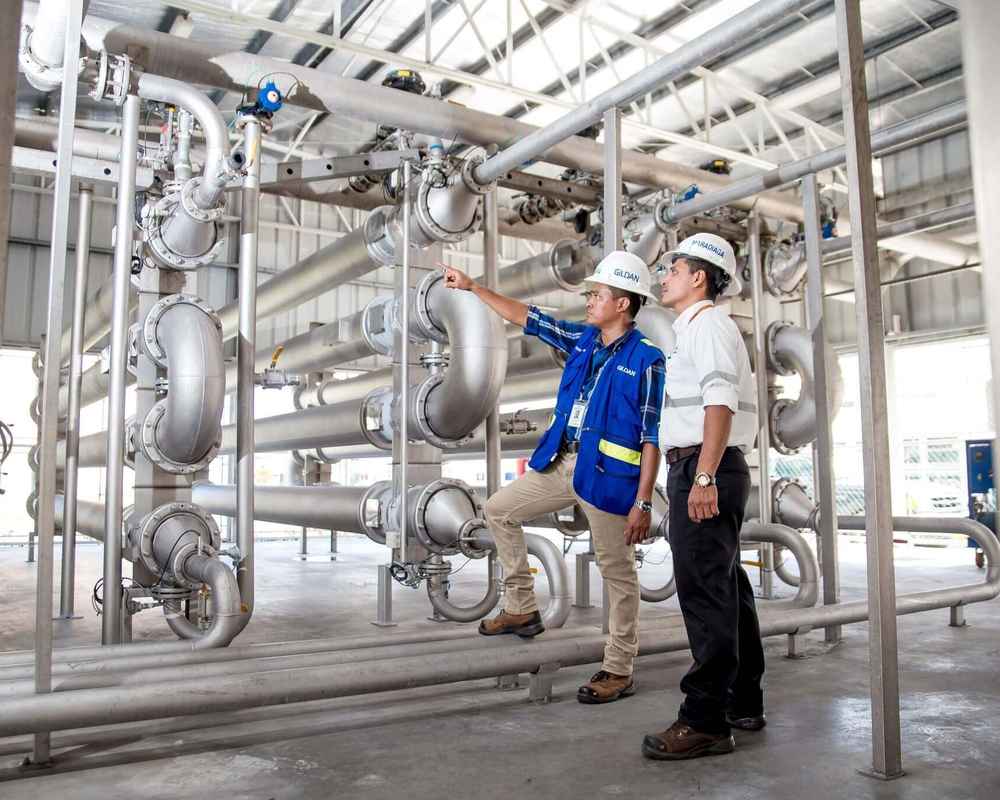Our targets
Reduce absolute total Scope 1 and Scope 2 (market-based) GHG emissions by 30% (compared to a 2018 base year of 753,356tCO2e) and reduce Scope 3 emissions by 13.5% (compared to a 2019 base year of 2,530,884 tCO2e) by 2030.
In June 2023, Gildan received confirmation that the Science Based Targets initiative (SBTi) had validated our Scope 1 and Scope 2 GHG emissions target, as well as our Scope 3 GHG emissions target.
Governance
Our President and Chief Executive Officer has ultimate accountability for climate-related issues, including the Company’s climate strategy and targets. The Board’s Corporate Governance and Social Responsibility Committee receives updates on climate-related matters at each of their quarterly meetings, including climate-related regulatory updates, as required, and the Board’s Audit and Finance Committee receives highlights of key developments, as required.
Our Senior Vice-President, Global Supply Chain, Sales, Marketing and Distribution, and our Vice-President, Global Social Compliance and Environmental Affairs, have strategic responsibilities for climate-related matters. Gildan’s President, Manufacturing, oversees the Company’s climate, water, and energy performance, supported by a senior-level cross-functional working group. Climate-related opportunities and risks are also considered through our corporate enterprise risk management process on an annual basis.
Our climate strategy
We seek to identify and capitalize on climate-related opportunities while implementing risk mitigation to minimize negative impacts. This helps ensure our business is resilient in the long run and can continue to be a reliable supplier for our customers.
Assessing our climate-related opportunities and risks
Following recommendations from the Task Force on Climate-related Financial Disclosure (TCFD), we have assessed our climate-related short-, medium-, and long-term risks under various climate-related scenarios in two categories: transitional and physical risks. Our approach also included a review of how we can seize climate-related opportunities.1 Our key performance indicator to fully align to TCFD by 2025 is under review due to significant changes to the disclosure landscape including, among others, the introduction of the International Sustainability Standards Board’s global sustainability disclosure standards in 2024.
Transitional risks
Transitional risks are related to the extensive systematic changes required to shift to a low-carbon economy.
Physical risks
Physical risks are related to the impact of a changing climate, including gradual long-term shifts, such as rising sea levels and extreme weather (e.g., severe flooding).
To conduct our TCFD-aligned qualitative analysis of our opportunities and risks, we assembled an internal cross-functional team that included senior leaders from across the Company. This team assessed Gildan’s ability to operate and deliver value under various scenarios. Following this initial analysis, we conducted quantitative climate modelling across our business. We used scenario analysis within our climate modelling tool to examine four future scenarios.
Reducing Scope 1 and Scope 2 GHG emissions
We are working to reduce our Scope 1 and 2 GHG emissions by investing in:
-
Energy-efficiency projects and technologies
- Energy management information systems to monitor our energy use
- Low-carbon solutions, such as biomass
- Renewable energy
Reducing Scope 3 GHG emissions
Through our Supply Chain Engagement program, we collaborate with our suppliers to reduce our Scope 3 GHG emissions. This program includes:
-
An assessment phase to establish a foundation to ensure alignment with internationally recognized methodologies such as the GHG Protocol and engage our suppliers to estimate their Scope 1 and Scope 2 GHG emissions
-
An engagement phase to encourage our material suppliers to drive climate-action initiatives across their businesses and reduce their carbon footprint
Reducing fossil fuels through biomass boilers
Our facilities in Honduras and the Dominican Republic need fuel for boilers to generate steam used in our dyeing, dryers, and other processes. Natural gas is not available in Honduras and renewable energy technologies available in the country – such as solar energy – would not provide enough energy to support our operations. In addition, while liquified natural gas (LNG) is available in the Dominican Republic, it is not cost efficient. As an alternative, we use biomass fuel.
Sourced from private third-party suppliers, biomass offers a low-carbon substitute for fossil fuel. For over a decade, we have operated a biomass steam generation system in both the Dominican Republic and Honduras. Including biomass in our energy mix helps us lower our emissions, costs, and exposure to volatile oil and gas markets.
Did you know? When fossil fuels are burned for energy, carbon that was sequestered millions of years ago is released into the atmosphere. By contrast, biomass fuel is derived from recently living organisms that have absorbed carbon dioxide from the atmosphere through photosynthesis. As such, the carbon that is released through the burning of biomass can be reabsorbed into the carbon cycle.
Other ways we are reducing our use of fossil fuels is through:

Condensate is the hot liquid by-product resulting from steam energy that has been used in heat transfer processes. The hot water can be reused to produce steam at just one-third of the cost versus generating steam from fresh water.

Our heat recovery systems use thermal energy to heat water for our dyeing process. This allows us to significantly reduce the amount of steam we need to generate the required temperature for dyeing and ultimately allows us to conserve water and reduce energy consumption.

Our chillers feature the latest technology, incorporating integrated variable-speed screw compressors. They deliver exceptional reliability and reduce electrical consumption.

